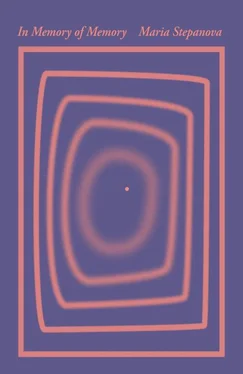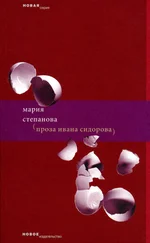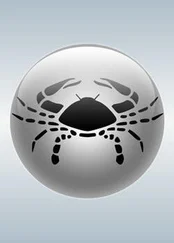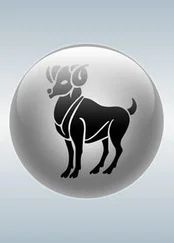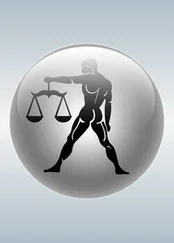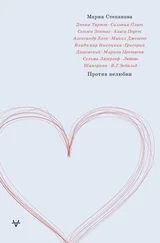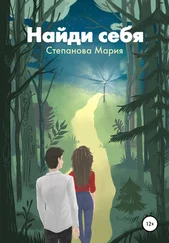But perhaps this is not true? Why do these apparent resemblances excite both sender and recipient of the postcard, as if something really important had been revealed, some secret mechanism? It’s tempting to see them as an expression of another order: a selection based not on family resemblance or proximity, but design, by mirroring a pattern you don’t know. It’s hard to resist evidence of hidden rhythms in the world order, and writers from Nabokov to Sebald have taken pleasure in the ringing of signal bells to mark coincidences: such as finding your birthday is the date of death on a stranger’s gravestone, or wearing a certain color for luck, or when a resemblance with Botticelli’s Zipporah or someone’s great-grandchild becomes the cause of passion. Such coincidences seem to confirm that we aren’t chance presences in the world, that everything is interrelated, woven into a warm nest of twigs, excrement, and fluff: people were here before you and they will still be here after you are gone.
And yet this isn’t the only version of events. The anthropologist Bronisłav Malinowski described the way that classic observations along the lines of “doesn’t he look like his grandmother” were met with unease and horror in societies constructed to a different model. “I was then told by my confidential informants that I had committed a breach of custom,” writes Malinowski of the Trobrianders in Papua New Guinea, “that I had perpetrated what is called “taputaki migila,” a technical expression referring only to this act, which might be translated as “to defile by comparing to a kinsman his face.” Pointing out a family resemblance was seen as an insult: an individual was like no other person, he was without copy, he was the first of his sort to appear on the earth, and he only represented himself. To deny that was to doubt a person’s existence. To quote the poet Mandelstam: “do not compare: the living are beyond comparison.”
There’s a short film by Helga Landauer, made in 2009. I have it on my computer and I watch it again and again, as you might read and reread a book. It’s called Diversions , and the title could refer to many things: an entertainment; a distraction; a turning aside or deviation from the route; or even a tactic designed to draw your enemy’s defense away from the main attack. In place of instructions, I, the viewer, am given a sequence of waymarks, each pointing in a different direction. Not a map or a route — more like a swinging weather vane. Something very similar happens on the screen as well:
People in absurd pith helmets crowding in the shallows, a rowboat is about to set off. The bare-legged sailors carry them out to the boat on their backs, like luggage. Parasols rock over their heads.
Hanging lace sways in a draft.
A dark mass of leaves, a parasol over an artist’s easel, a dim rain-filled light.
Children, like deer, peering out from behind trees.
An oar slices through the shining water, a long ripple runs across it. Sunshine. You can’t see who is rowing.
A woman lifts a fishing rod out of the water, her smile stretches from ear to ear, like a skull’s.
The victorious bustle of ladies’ hats and their fur, feathers, wings, fearsome excess.
A mass of leaves, the wind troubles the leaves, children run across the image from corner to corner like little beasts.
Tall flowers in a white vase standing on a table, almost invisible, like everything that is not important.
The whiskers and biceps of an athlete.
The whiskers and bowler hats of passersby. One sees us and lifts his hat.
Bicycles and boaters, walking sticks and briefcases.
The pine tree bends forward. Someone wearing black wanders along the shoreline, only his back is visible.
People pass by, more and more people.
Funny little miniature trains trundle through parks. The passengers wave.
Children peep through branches like gophers.
Dead trees lie alongside the roads.
A man in a workman’s suit cups water in his hands, and offers it to a small dog to drink.
Pigeons come to rest on a path through a park.
A little girl with a parasol searches for her family in a crowd.
Montgolfier balloons, round, satin-sided, rise into the air.
Two people, one anxious, the other reassuring.
Women in long skirts race little balloons along the ground, waving them on with fans.
An embarrassed, gentle smile beginning in the left-hand corner as if a light had been turned on.
Rowers hurrying down to a pier, carrying long, flipper-like oars.
Water rushes up a beach, then recedes, exposing the loose pebbles.
Picnic chairs cast their shadows across the wet sand.
A pure white sky above a concert and musicians.
Skirts fly out in a dance.
A little boy selling violets.
Glasses of water and newspapers on a table, a packet of Chesterfields on a saucer. A newspaper headline: Buffalo Bill.
A brick wall lit by the sun.
A sign saying Dancing tous les soirs.
Flashing legs of a horse.
Boxes full of grapes, shall I wrap them for you?
Lacemakers bend over their bobbins.
Two hands linked.
A tired, soiled collar at the end of the day.
A hat brim shading the eyes.
A car turns a corner.
Accordion buttons.
The swallows were smaller back then and the roses were larger.
Men in caps watch some men in hats passing by.
A bride’s veil is adjusted.
A spoon lies face down on the edge of a coffee saucer.
People in bathing suits crowding in the gray sea.
Grass and fallen trees behind a garden fence.
Striped beach umbrellas, striped beach tents, and striped summer dresses.
A wheelbarrow, its handles pointing up to the sky.
Flags flutter.
A dog runs across the sand.
The round shadow of a table on wooden floorboards.
It’s easy to see the white blouses and dark skirts, lacemakers at their work, men sitting outside cafes and clinking glasses, as memory’s errand boys, fulfilling one (obvious to me) task. The film is composed of old documentary material, it can be seen as a requiem to the Old World (or one of its sections at least: as far as I remember it covers decades and is barely broken into individual voices). The film’s final credits are a long list of names, finishing with a single line by the film’s writer: “The last scenes were filmed on the coast of Europe in late August of 1939.”
There is so much documentary cinema occupied with this archaeology, that any scene, even any face, looks instantly familiar: crowds brought together at random by the cinecamera, divested of their names, their fates, doomed forever to scatter across the street in front of the oncoming streetcar, and to illustrate any historical situation: “Citizens of Vienna Welcome Anschluss,” “Love and Honor,” “We’ll All Be Dead Soon.” The ancient division between important and unimportant is everywhere: the hero speaks, the girl eats ice cream, the crowd loiters as crowds do. We requisition this found footage as we might the goods in a warehouse: there is so much of it that we can select what we want. The author tells a story, and passersby illustrate that story. It’s never about them, they are cutaway scenes (to use the filmmaking term), they fill the pauses, delight the eye, and don’t distract from the general idea.
It never occurs to anyone to set these people free, to give them one last opportunity to be themselves and not just typical representatives of the 1920s. Yet this is what Helga Landauer does, without taking away a second of their screen time — everyone gets as much time and space as the cameraman originally allotted them. A kind of freedom that is usually inherent to life rather than to art makes Diversions a refuge for the lost and forgotten, a paradise of democracy in which everyone is visible. A long-awaited equality between people, objects, and trees is achieved in the film, with each given its position as a representative of what has been . In some senses the convention established here is the equivalent of emancipating the serfs. The past is relieved of its feudal duties to the present, to us. It can walk freely.
Читать дальше
